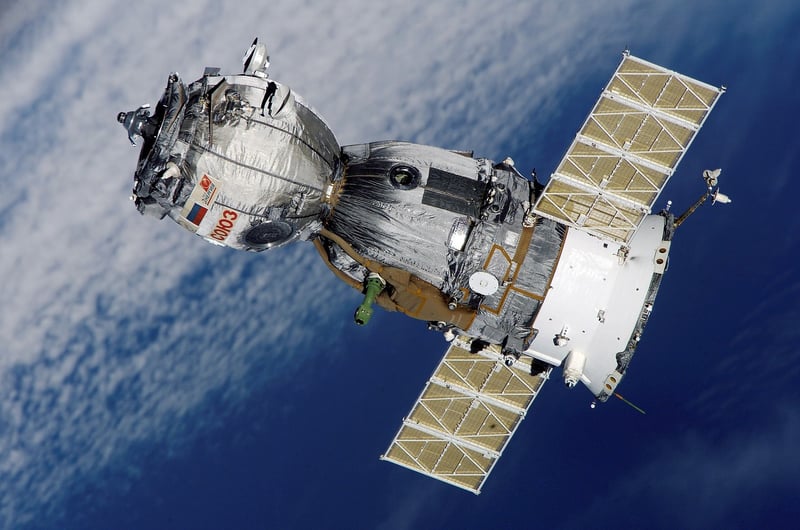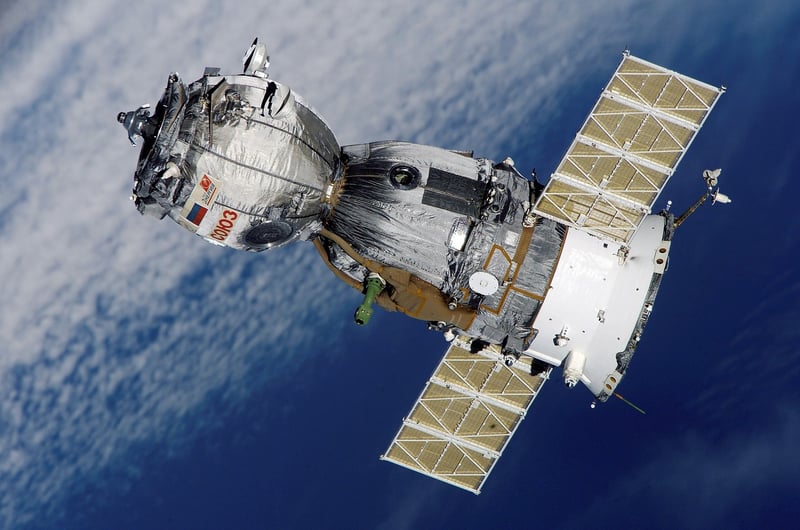Orbital Living
The Future of Living in Space: Orbital Living
As technology advances and our understanding of space improves, the idea of living in space is becoming more of a reality than ever before. One of the most intriguing concepts in this realm is orbital living, where humans reside in habitats orbiting Earth or other celestial bodies. Let's explore this futuristic vision of space living.
What is Orbital Living?
Orbital living involves the construction of habitable modules or space stations in orbit around a planet or moon. These stations serve as homes for astronauts, scientists, and potentially even tourists in the future. They provide a controlled environment where humans can live and work for extended periods, conducting research and experiments in microgravity.
Benefits of Orbital Living
- Research Opportunities: Living in space offers unique research opportunities in various fields, including materials science, biology, and astronomy.
- Space Tourism: Orbital habitats could pave the way for space tourism, allowing civilians to experience life in space.
- Earth Observation: Orbiting stations provide a vantage point for observing Earth, monitoring weather patterns, natural disasters, and environmental changes.
- International Cooperation: Orbital living encourages collaboration among countries to build and maintain space habitats, fostering international cooperation.
Challenges of Orbital Living
While orbital living holds great promise, it also presents several challenges that need to be addressed:
- Microgravity Effects: Prolonged exposure to microgravity can have adverse effects on the human body, such as muscle atrophy and bone density loss.
- Life Support Systems: Maintaining life support systems in space habitats is crucial for sustaining human life in a hostile environment.
- Radiation Exposure: Astronauts in orbit are exposed to higher levels of radiation than on Earth, requiring advanced shielding technologies.
- Costs: Building and maintaining orbital habitats require significant financial investment, posing a barrier to widespread adoption.
The Future of Space Living
Despite the challenges, the concept of orbital living represents a significant step towards establishing a permanent human presence in space. With ongoing advancements in technology and continued international collaboration, orbital habitats could become a common sight in Earth's orbit and beyond.
Are you ready to embark on the journey of orbital living?

Explore the possibilities and embrace the future of space living!
